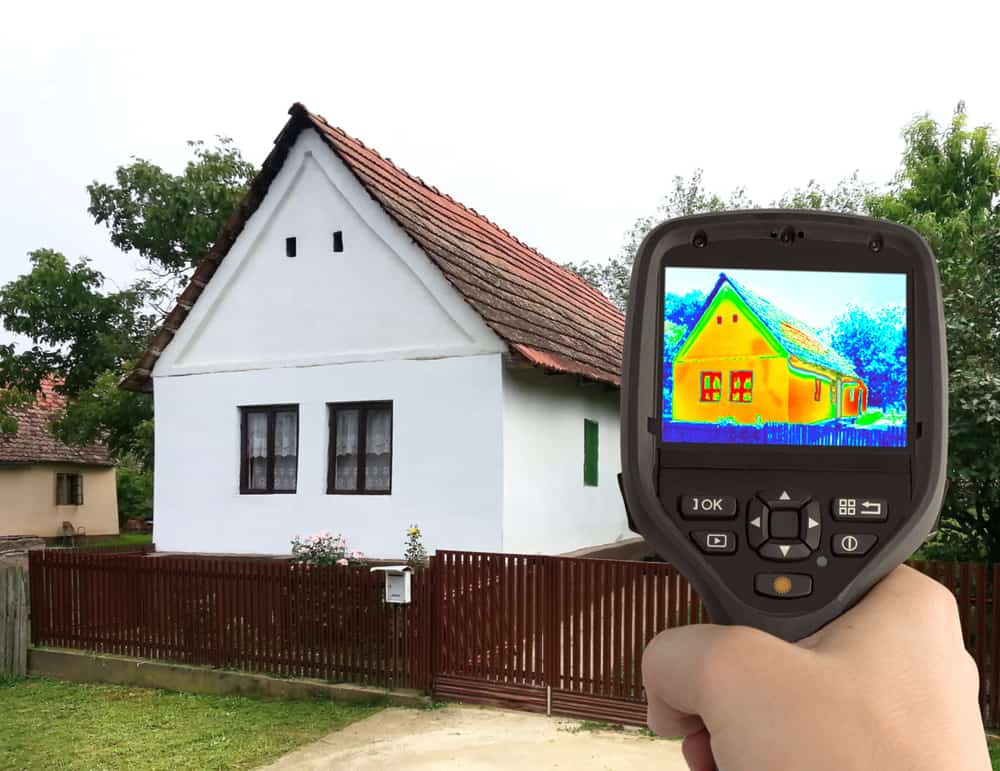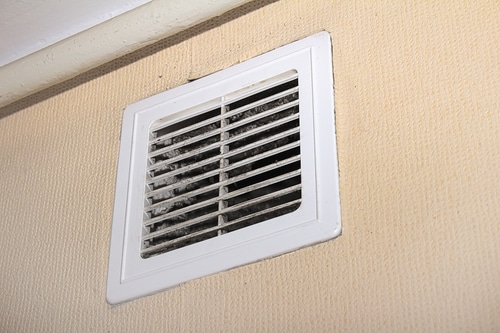- 24/7 Service
-
Water
-
Fire
-
Mold

24/7 Emergency Services
Highly Trained Technicians

Connection between Asthma and Mold Health is always the top priority of everyone especially since these days, there has already been an increase of panic and death to people with weak immune systems because of a single virus. It is evident that this world’s paranoia with viruses and bacteria that causes sickness has been worsened
Read More
Hardwood Floors Can Be Saved, Even After Being Damaged By Water Water damage can significantly impact the different areas of the home. Not to mention, it is quite detrimental to items and objects in the house, including your hardwood floors. Floors made out of this material can be damaged once they come in contact with
Read More
One of the most common challenges that a lot of property owners face is moisture hidden behind walls, under floors, or over ceilings. Water in these parts of your home or property can be difficult to detect since it’s not visible to the naked eye. If left undetected and untreated, excess moisture can lead to mold infestation, which can also lead to more problems, including health risks.
Read More
Wildfires are devastating on numerous levels. First and foremost, there is the tragic loss of life among wildlife, civilians, and first responders. More than 40 lives were lost during the recent California wildfires, while billions of dollars’ worth of property damage was caused. At least 245,000 acres of land were burned, across Napa, Lake, Mendocino, and other areas
Read More
While the goal of parents includes providing their children with a home that is safe, where they are protected and can grow and flourish, all too often there is a risk to a child’s health and well-being hiding right there within those very walls.
Read More
Across the globe, across communities, across cultures, everyone shares a common fear: fire. Nowhere is this truer than in the home. Your sanctuary, your retreat from the world, should feel safe and secure at all times – and a house fire can shatter that illusion within moments.
Read More
Tips to installing an exhaust vent The purpose of an exhaust vent is to improve air quality inside a home by venting excess moisture that might accumulate in living spaces such as bathrooms and kitchens. Beyond removing moisture and potentially smoke from the air in the case of a stove vent, an exhaust vent also
Read More
Disguised as the Flu - Are Mold Allergies Affecting Office Employees? Mold can affect anyone, whether or not they have been previously exposed to the organism. Oftentimes, the initial symptoms of mold exposure are diagnosed as the flu. Accordingly, little effort is expended in taking the necessary precautions to avoid exposure. What is likely to
Read More
A Few Helpful Tips to Combat Water Damage Water damage is a nightmare scenario that plagues every single homeowner out there. It doesn’t matter how large your home is, the water will find a way to ruin it! It’s urgent to make sure you take precautionary steps in advance to protect you from water damage.
Read More